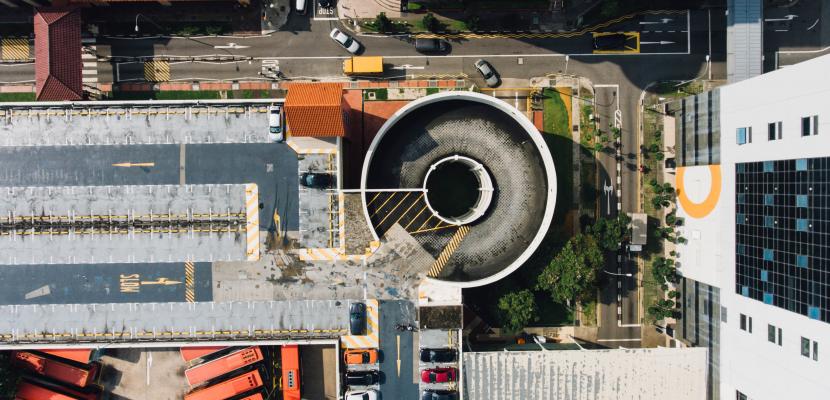Image

Tubular Bioreactor with the Liquid Effluent Partial Recirculation
Published on 25 February 2021

Romania
This is the good practice's implementation level. It can be national, regional or local.
About this good practice
Organic waste generated from farming, crop residues and manure, as well as waste and wastewaters from agri-food industry are an important source of energy. In Romania, there are a high number of agri-food enterprises, mixed individual farms, agricultural and animal, that generate bio-waste, generally unused. Biodegradable organic waste is a renewable resource to produce biogas. Rural residents could use biogas produced in household installations for cooking, heating of domestic water or even for the production of electricity by a generator. The fermented residue, rich nutrient material, could be used as an organic fertilizer. According to Eurostat - Agriculture, forestry and fishery statistics, 2018 edition, Romania, is the Member State with the highest number of farms; nine in every ten farms (91.8 %or 3.1 million farms) were smaller than 5 ha. The main beneficiaries of the invention are farmers from small agro-zootechnical farms as well as producers of food, beverages, catering units, etc. Advantages:
• Higher efficiency in waste and wastewater treatment compared to any conventional horizontal tubular bioreactors without compartmentalization and liquid effluent return
• Enhancement of biochemical processes by intake of active bacterial mass discharged into the feed chamber, thus improving the decomposition level of organic compounds
• Simple and natural hydrodynamics made naturally by mass movement along the longitudinal wall
• Higher efficiency in waste and wastewater treatment compared to any conventional horizontal tubular bioreactors without compartmentalization and liquid effluent return
• Enhancement of biochemical processes by intake of active bacterial mass discharged into the feed chamber, thus improving the decomposition level of organic compounds
• Simple and natural hydrodynamics made naturally by mass movement along the longitudinal wall
Resources needed
The cost of a 10 m3 prototype is approx.10,000 euros.The operating cost is estimated at approx. 500 euro / month. The construction time is approx.6 months. Manpower required is 1 engineer and 4 workers for construction, 2 technicians for operation and parameters control. Lifetime: more than 25 years
Evidence of success
Dipl. and Silver Medal at the European Exhibition of Creativity and Innovation EuroInvent 2019, for patent application A00324 / 2016. Dipl.of Excellence and Gold Medal at the ProInvent Invention Show Cluj-Napoca 2017, for patent application A00324 / 2016. This is a new concept for which the patent application was submitted in 2016 and granted in 2020 but it has not been put into production until now. The concept is based on several innovative elements implemented in Boteni, Arges.
Potential for learning or transfer
The research project for the development of technologies and installations for energy recovery and ecological treatment of biodegradable wastes from the agrozootechnical sector, developed by ICPE-CA, solves a current problem not only locally, but also at the European level, according to the launched EU initiatives, and maybe replicated in rural areas, both for private and public beneficiaries.
The project has been implemented in Romania, Boteni, Arges and is profitable. It is an example of good practice.
The project has been implemented in Romania, Boteni, Arges and is profitable. It is an example of good practice.
Further information
Website
Good practice owner
You can contact the good practice owner below for more detailed information.
Organisation
National Institute for Research and Development in Electrical Engineering ICPE-CA Bucharest (ICPE-CA)

Romania
Bucureşti-Ilfov